Bird Watching Has Never Been More Fun
These photos by portraitist Leila Jeffreys are for the birds
Australian portrait photographer Leila Jeffreys does an uncanny job of capturing her subjects’ personalities. Her subjects just happen to be the feathered kind.
And how does she make a falcon or wild cockatoo pose for her? She waits. “Rather than racing in, getting the shot and moving on, I prefer to take it slowly, so that I can put the birds’ needs first,” Jeffreys writes via email. She also tries to establish a sense of familiarity to help keep her subjects calm and comfortable. “Where possible, I spend a lot of time with the birds and their caretakers so that we all form a bond.”
In her new book, Bird Love, Jeffreys’ beautiful, highly detailed bird portraits makes readers want to reach out and feel the texture of the feathers. And Jeffreys’ own personality comes through in her charming, intelligent descriptions of her subjects.
Some wildlife photographers favor more thrilling four-legged species, but not Jeffreys. A lover of “any critters with feathers, fur or fangs,” she picked up her bird obsession as a child, growing up in places such as Papua New Guinea, India and Perth, Australia, and developed it through adulthood.
“Native birds are one of the last major links to wildlife in our urbanized environments,” Jeffreys writes. “We’re fortunate that some species have been able to adapt to surviving in cities, which means we come into contact with them more often than other animals, and through that we form an affection for them.”
Jeffreys finds the majority of her subjects through volunteer wildlife organizations and is pleased when her work ends up increasing support for those institutions. “It’s a win-win-win if I can work as an artist but also have a public platform to let people know what incredible work is being done and who’s doing it,” writes Jeffreys. “The wildlife [conservationists] are amazing and modest, so they don’t always promote what they do–they just get on with it.”
At this point, Jeffreys has photographed over 100 different bird species. Her most willing subjects? “Parrots! They are the most humanlike of any bird. We seem to connect very easily with them.” I ask if she’s had to photograph many angry birds, yet she can’t recall one. “They can be shy, curious, contemplative, brave,” writes Jeffreys, “but not really angry.”
/https://tf-cmsv2-smithsonianmag-media.s3.amazonaws.com/accounts/headshot/Jeff-Campagna-240.jpg)
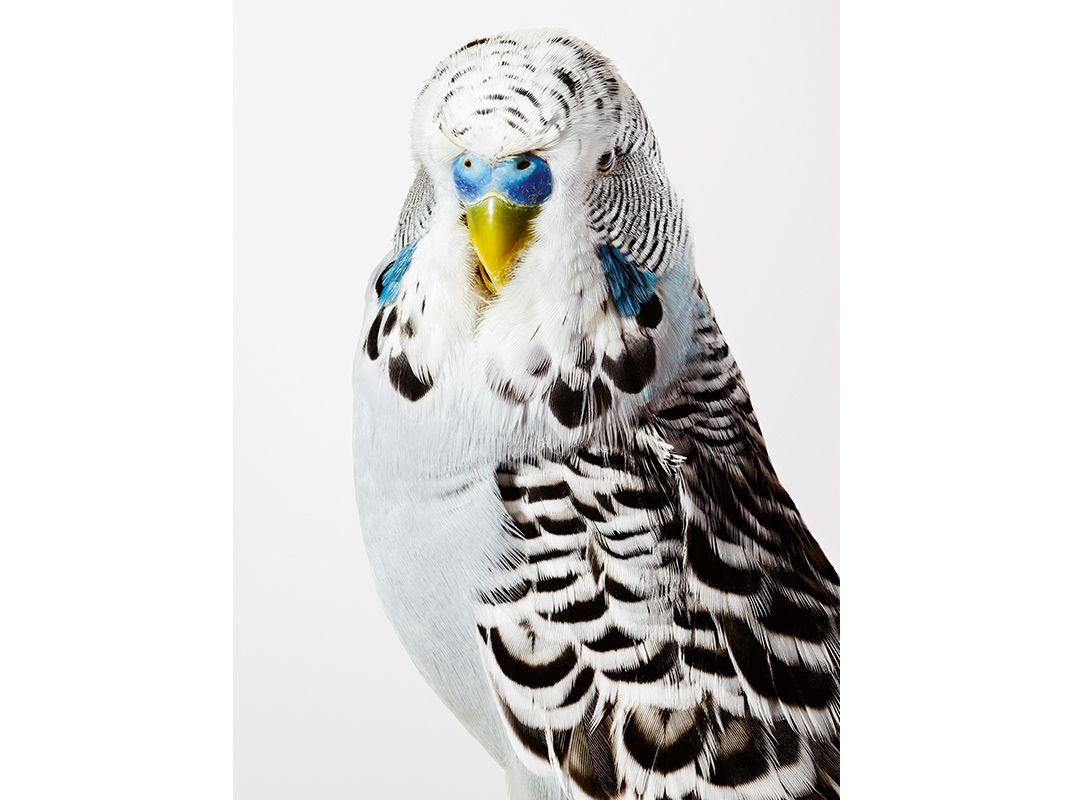
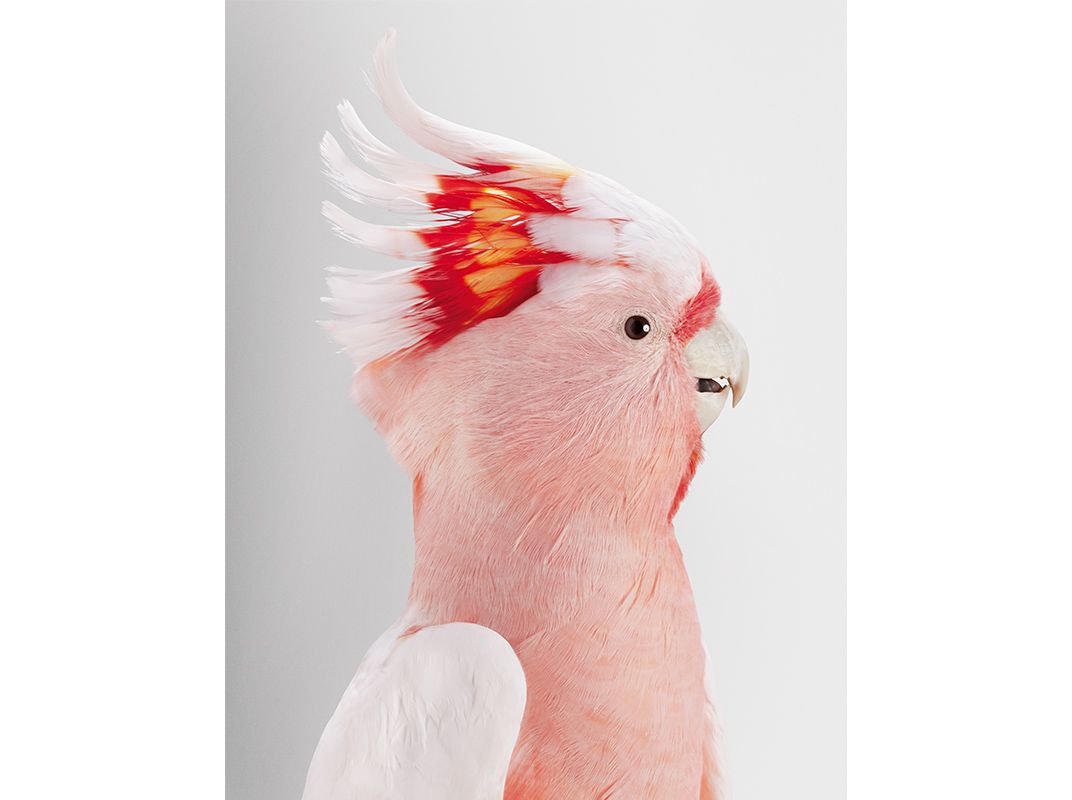
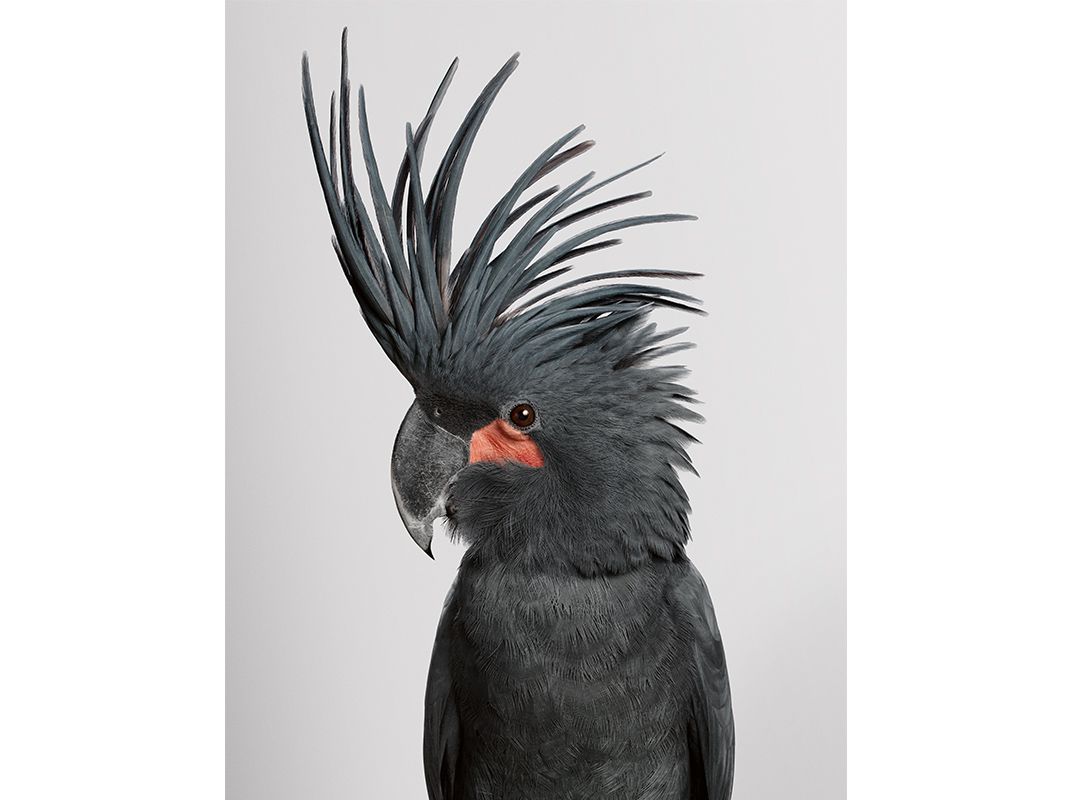
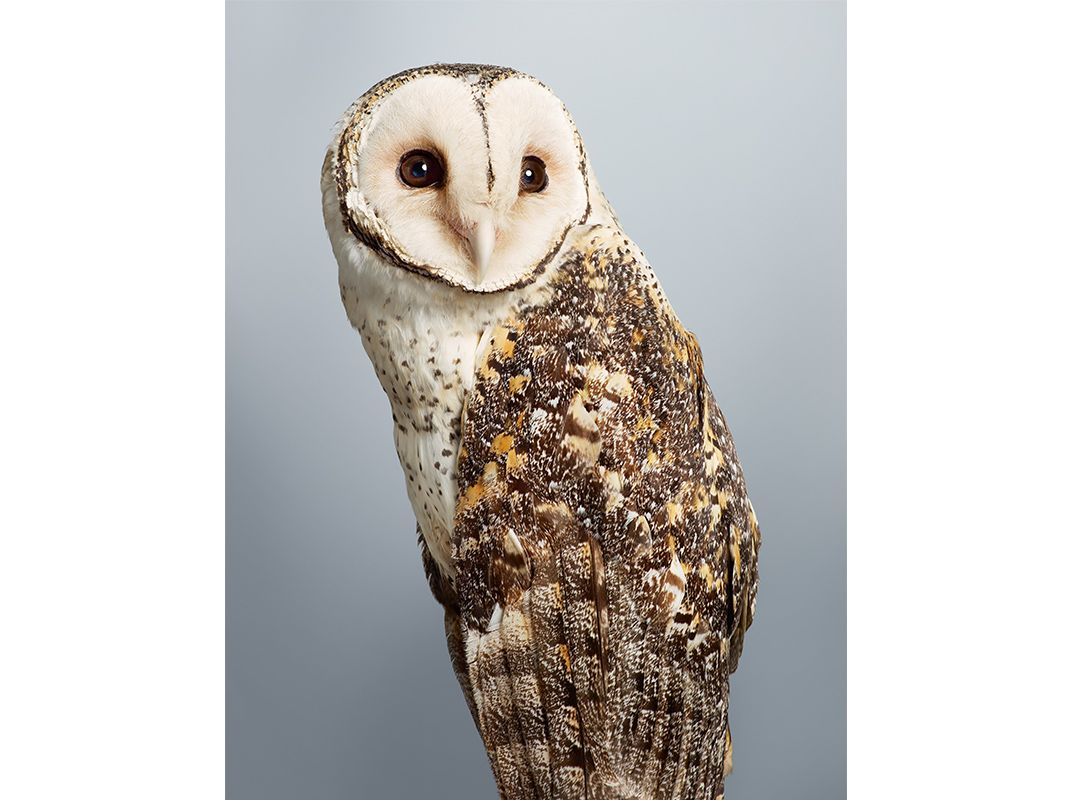
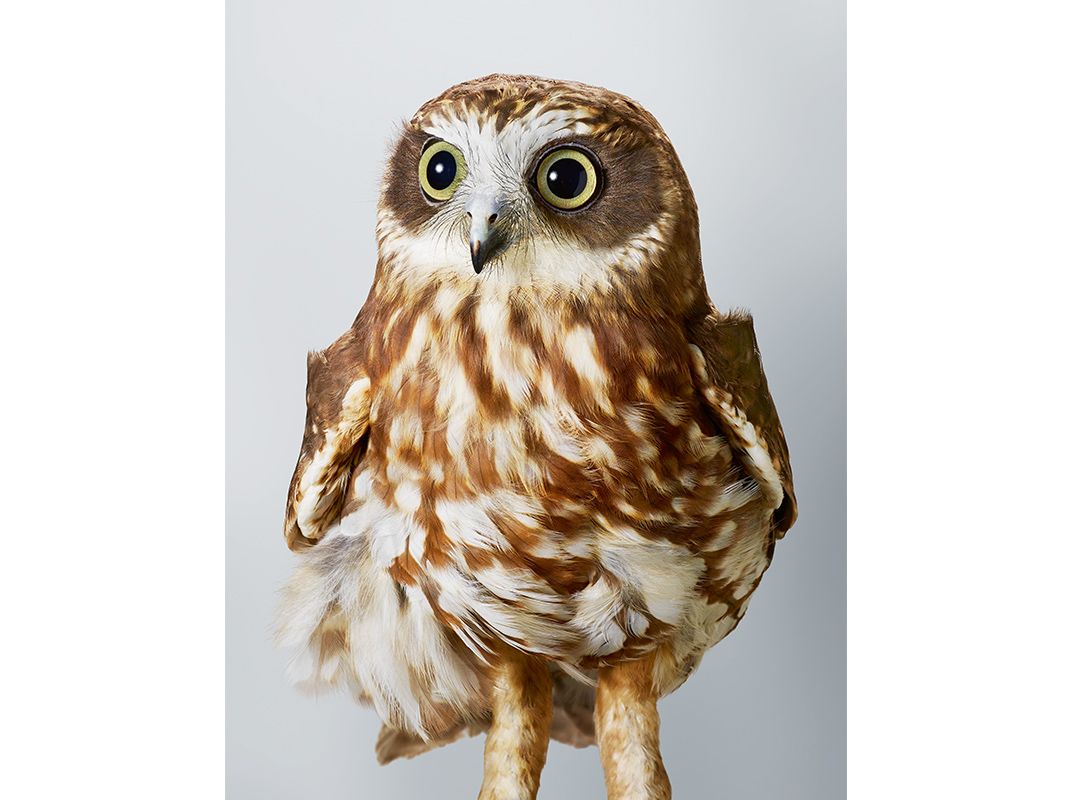
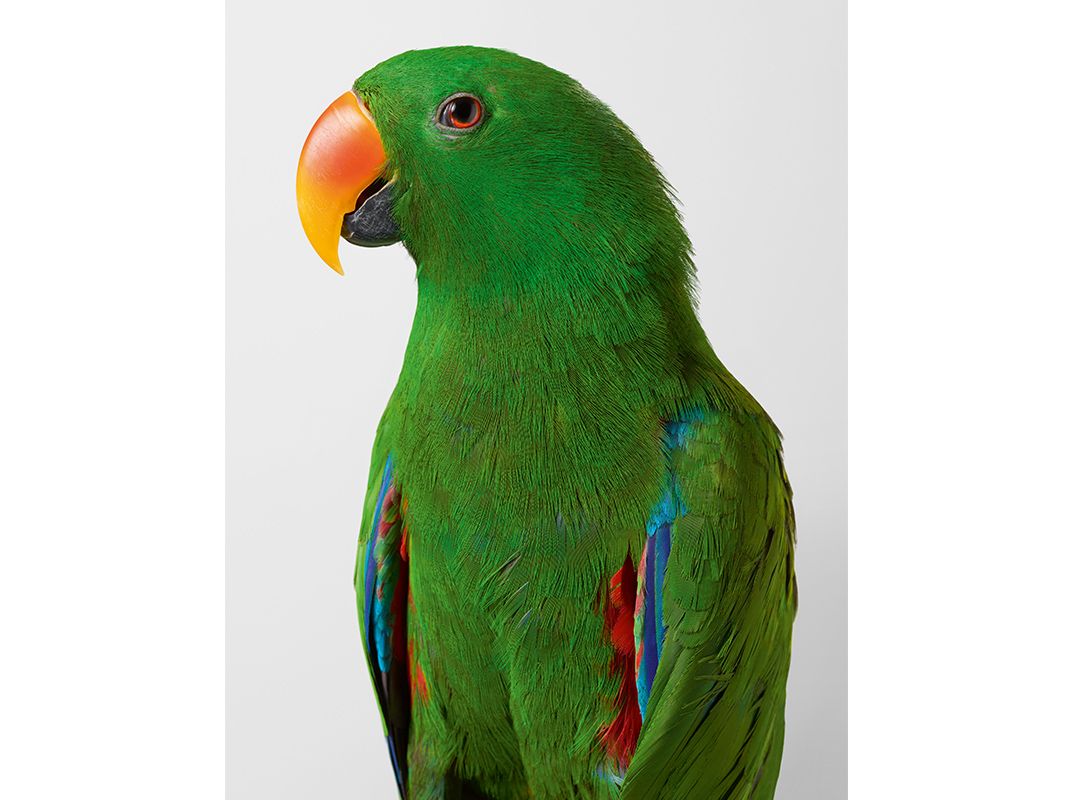
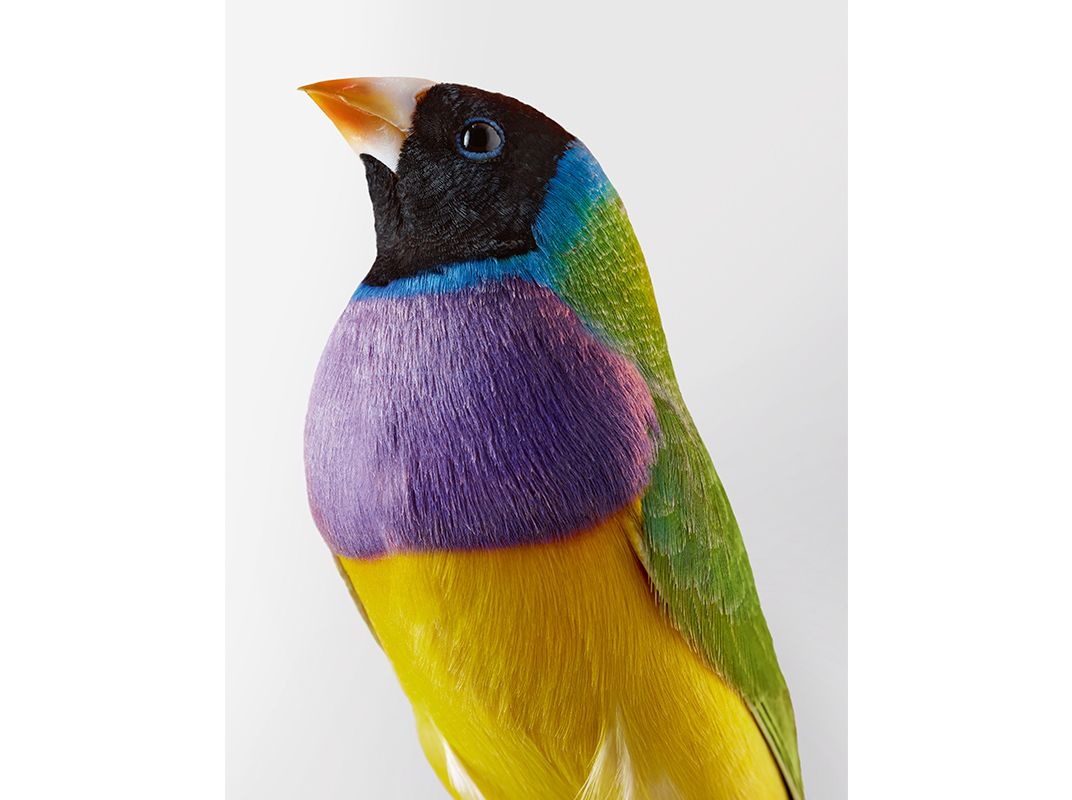
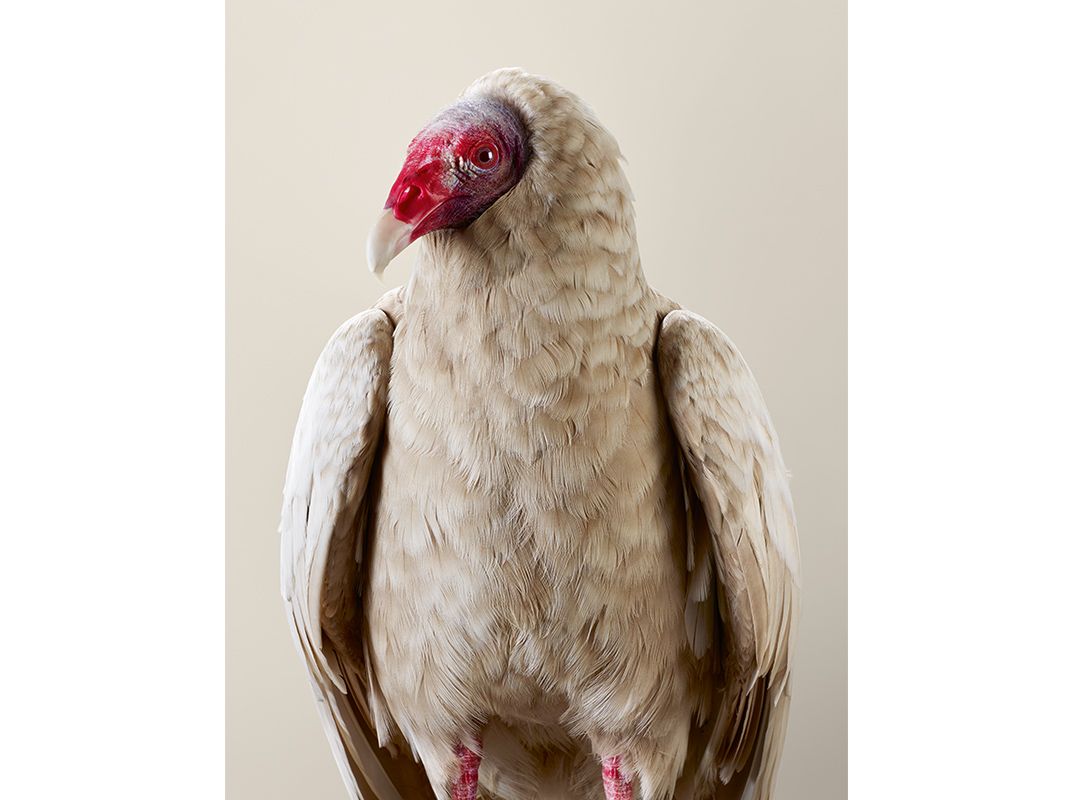
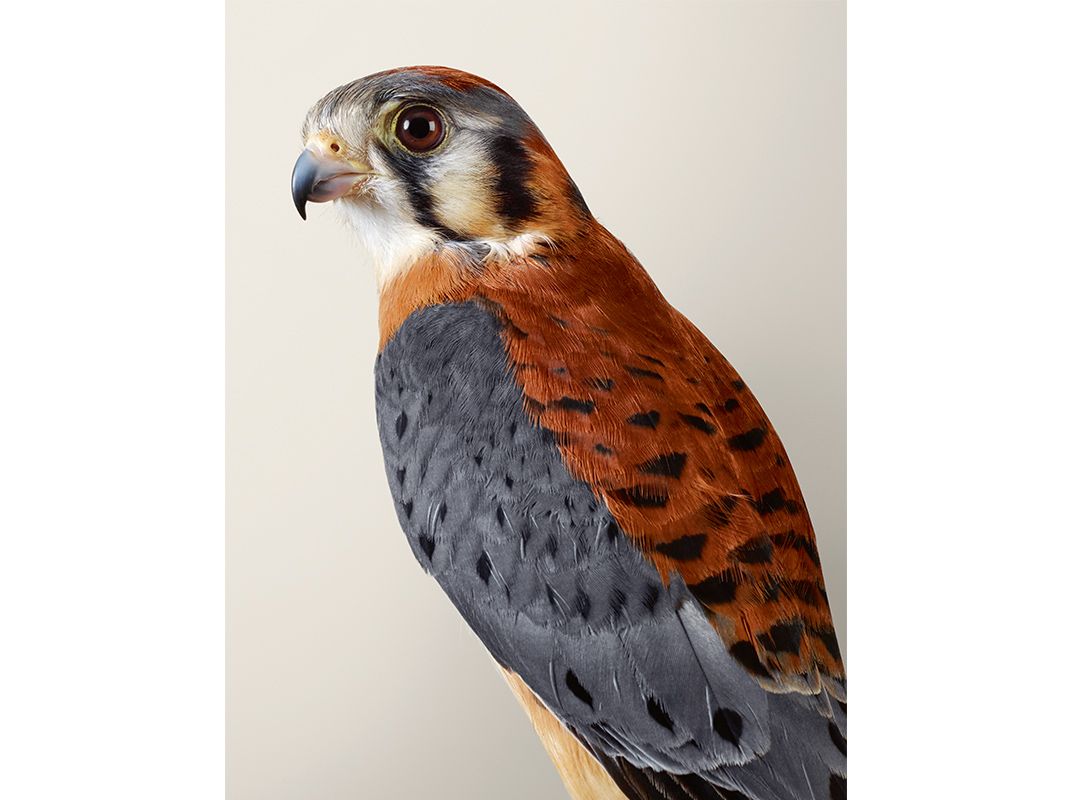
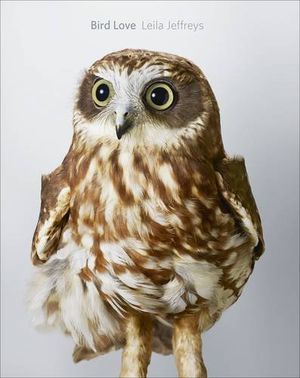
/https://tf-cmsv2-smithsonianmag-media.s3.amazonaws.com/accounts/headshot/Jeff-Campagna-240.jpg)